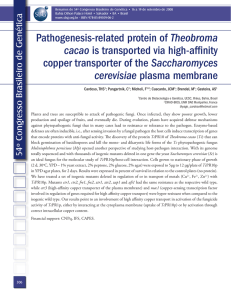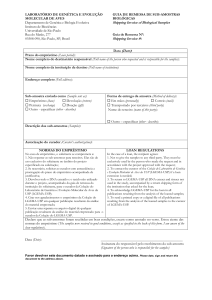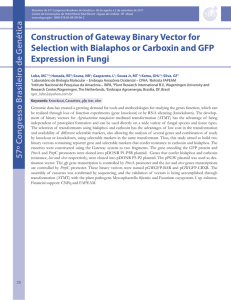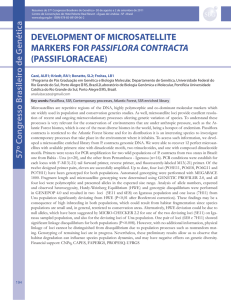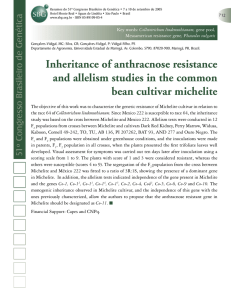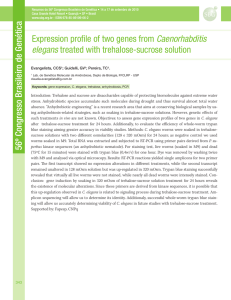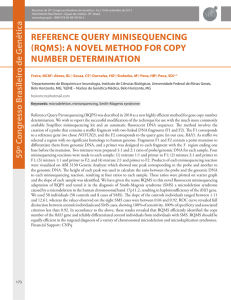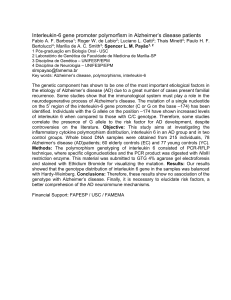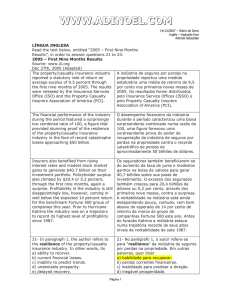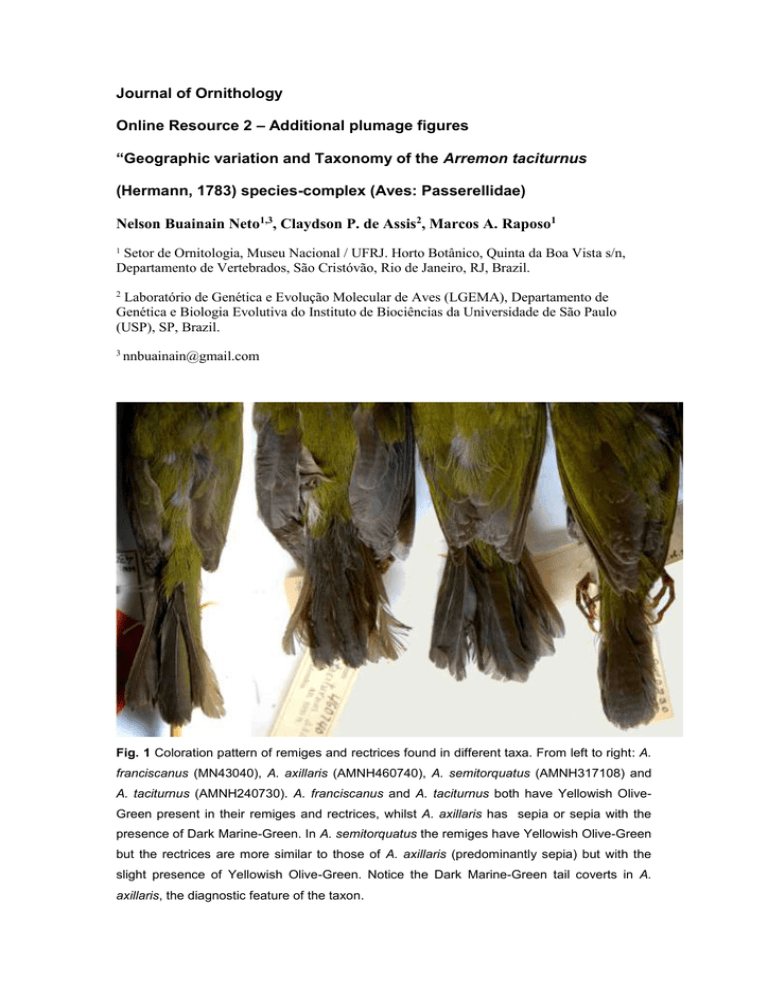
Journal of Ornithology
Online Resource 2 – Additional plumage figures
“Geographic variation and Taxonomy of the Arremon taciturnus
(Hermann, 1783) species-complex (Aves: Passerellidae)
Nelson Buainain Neto1,3, Claydson P. de Assis2, Marcos A. Raposo1
1
Setor de Ornitologia, Museu Nacional / UFRJ. Horto Botânico, Quinta da Boa Vista s/n,
Departamento de Vertebrados, São Cristóvão, Rio de Janeiro, RJ, Brazil.
2
Laboratório de Genética e Evolução Molecular de Aves (LGEMA), Departamento de
Genética e Biologia Evolutiva do Instituto de Biociências da Universidade de São Paulo
(USP), SP, Brazil.
3
[email protected]
Fig. 1 Coloration pattern of remiges and rectrices found in different taxa. From left to right: A.
franciscanus (MN43040), A. axillaris (AMNH460740), A. semitorquatus (AMNH317108) and
A. taciturnus (AMNH240730). A. franciscanus and A. taciturnus both have Yellowish OliveGreen present in their remiges and rectrices, whilst A. axillaris has sepia or sepia with the
presence of Dark Marine-Green. In A. semitorquatus the remiges have Yellowish Olive-Green
but the rectrices are more similar to those of A. axillaris (predominantly sepia) but with the
slight presence of Yellowish Olive-Green. Notice the Dark Marine-Green tail coverts in A.
axillaris, the diagnostic feature of the taxon.
Fig. 2 Sexual dimorphism in the coloration of the central crown stripe and back of A.
taciturnus. Female (left) (FMNH63596) and male (right) (FMNH310819). Females have buffer
coloration compared to males. This character can be observed in all taxa but is most
prominent in A. taciturnus and A. axillaris.
Fig. 3 Variation of bend of wing and wing-coverts coloration in A. semitorquatus. Most
specimens have the pattern observed in (C) (AMNH317108) with uniformly Yellowish GreenOlive wing bends and wing-coverts. However, some specimens have a subtle presence of
Light Yellow in the proximal portion of wing as in (B) (MN27070),. This pattern is very similar
to that found in A. franciscanus (A) (MN39520).

